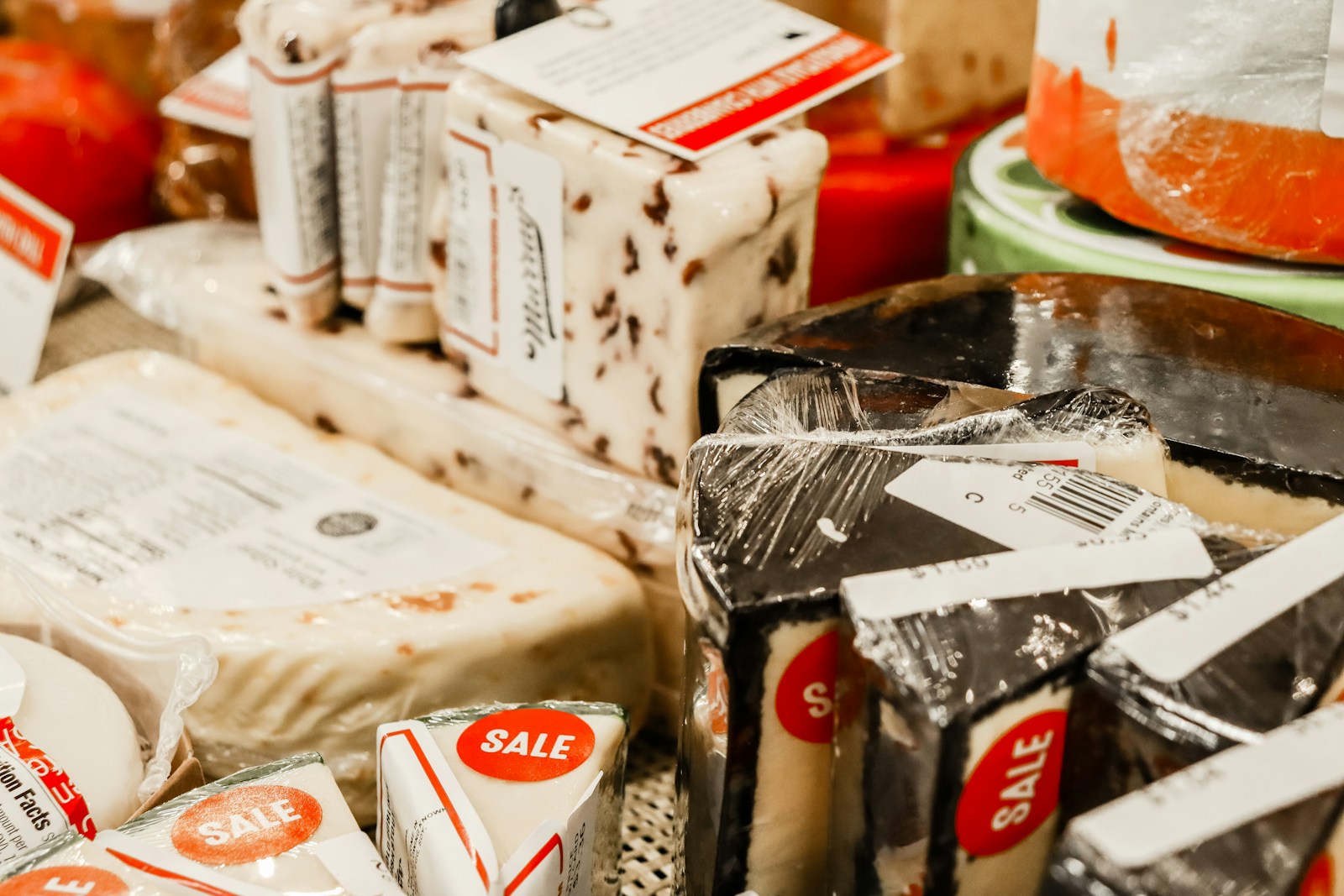In a cozy kitchen filled with the aroma of spices and simmering sauces, a novice cook named Sarah nervously prepares her first international dish—a fragrant curry from India. As she chops vegetables and measures spices, she recalls her grandmother’s advice: “Cooking is an art, but it’s also a science.” Inspired by this wisdom, Sarah embarks on a culinary journey, eager to master the techniques that will transform her cooking from basic to extraordinary. This article aims to share practical kitchen tips and tricks that can help anyone improve their culinary skills while exploring the rich tapestry of international cuisine.
The Importance of Mastering Cooking Techniques
Understanding essential cooking techniques is crucial for any aspiring chef or home cook. These skills not only enhance the flavor and presentation of dishes but also boost confidence in the kitchen. By mastering these techniques, you can experiment with various cuisines, adapt recipes, and create meals that impress family and friends.
Essential Kitchen Techniques
1. Knife Skills
Mastering knife skills is foundational to efficient cooking. Learning how to chop, dice, and julienne not only speeds up preparation but also improves the presentation of your dishes.
- Tip: Practice the “claw grip” to keep your fingers safe while cutting. Curl your fingertips under and hold the food with your knuckles guiding the knife.
2. Searing
Searing involves cooking food at high heat to develop a flavorful crust. This technique is particularly effective for meats and vegetables.
- Tip: Ensure your pan is hot before adding oil. This prevents sticking and allows for better caramelization.
3. Blanching
Blanching briefly cooks vegetables in boiling water, followed by an ice bath to stop the cooking process. This technique preserves color and nutrients.
- Tip: Add a pinch of salt to boiling water to enhance flavor and maintain vibrant colors in vegetables.
4. Poaching
Poaching gently cooks delicate ingredients like eggs or fish in simmering liquid. It results in tender textures without added fat.
- Tip: Use flavored liquids like broth or wine for poaching to infuse additional flavors into your dish.
5. Braising
Braising combines both dry and wet cooking methods, perfect for tougher cuts of meat. It involves browning the meat first, then simmering it in liquid until tender.
- Tip: Choose aromatic vegetables (like onions and garlic) as a base for braising; they add depth to the sauce.
Exploring International Dishes
As you master these techniques, you can apply them to create classic dishes from around the world:
Italian Risotto
- Technique: Stirring constantly while gradually adding broth creates a creamy texture.
- Recipe: Sauté onions in olive oil, add Arborio rice, then slowly incorporate warm broth until creamy.
French Ratatouille
- Technique: Sautéing vegetables separately enhances their individual flavors before combining them.
- Recipe: Cook eggplant, zucchini, bell peppers, and tomatoes with herbs until tender; serve as a side or main dish.
Thai Green Curry
- Technique: Toasting spices before adding them to a dish intensifies their flavor.
- Recipe: Sauté green curry paste with coconut milk, then add vegetables and protein of choice; simmer until cooked through.
Tips for Enhancing Your Cooking Experience
- Mise en Place: This French term means “everything in its place.” Organize your ingredients before you start cooking to streamline the process.
- Taste as You Go: Regularly tasting your food allows you to adjust seasoning and ensure balanced flavors throughout the cooking process.
- Experiment with Herbs and Spices: Don’t be afraid to try new combinations! Fresh herbs can elevate dishes significantly; consider using basil in Italian dishes or cilantro in Mexican cuisine.
- Learn to Emulsify: Mastering emulsification (combining two liquids that don’t normally mix) is key for dressings and sauces like mayonnaise or vinaigrettes.
- Practice Plating: Presentation matters! Take time to arrange your food artistically on the plate; use garnishes like fresh herbs or edible flowers for added flair.

Conclusion:
Sarah’s culinary journey from novice to confident cook illustrates how mastering essential kitchen techniques can transform your cooking experience. By applying these tips and exploring international cuisines, you can elevate your skills while enjoying the diverse flavors of the world.Cooking is not just about following recipes; it’s about creativity, experimentation, and connection—both with the food you prepare and with those you share it with. So gather your ingredients, sharpen your knives, and embark on your own international culinary adventure!







Leave a Reply